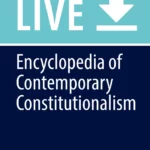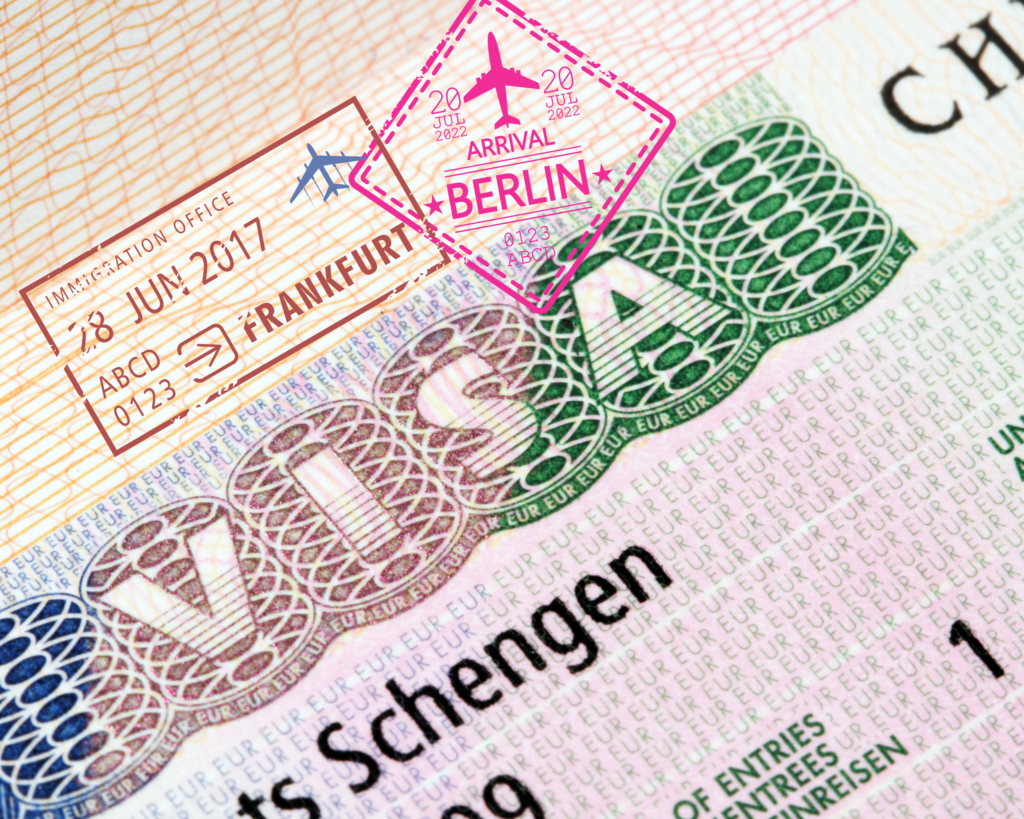Passport Stamping to become obsolete with the EU Entry/Exit System
For many travellers, passport stamps are cherished memories of their journeys, serving as a tangible record of their adventures. However, with the upcoming launch of the EU Entry/Exit System (EES) in November 2023, the days of manual passport stamping may soon be over.
The EES is an automated IT system designed to register travellers from third-countries who hold short-stay visas or are visa exempt. The system will record the names, travel document types, biometric data, and dates and places of entry and exit for each traveller that crosses an EU external border. It will also keep track of refusals of entry, thereby improving border security and detecting overstayers.
According to the European Commission’s department for Migration and Home Affairs, the manual stamping of passports is time-consuming, does not provide reliable data on border crossings, and does not allow for systematic detection of overstayers. The new EES system aims to resolve these issues by using automated border control checks and self-service systems that will speed up the processing of travellers and provide accurate data.
Although the EES was originally slated to launch in 2022, it has been delayed until November 2023. Airlines and various countries have expressed concerns about a lack of preparation that could cause problems when the system is introduced.
Under the new system, travellers with visa-free access to the Schengen Area will be required to obtain travel authorisation online through the European Travel Information and Authorisation System (ETIAS), which will launch in phases once the EES is operational.
However, before the EES is introduced, passport stamps will still be required. Post-Brexit, Brits have been warned to obtain passport stamps when they enter and exit the Schengen Area to prove that they have not overstayed their visa-free limit of 90 days in a 180-day period.
In conclusion, the EES system represents a significant change in the way travellers will be processed at EU external borders. While passport stamps may be missed by some, the new system is designed to provide faster processing times and more accurate data on border crossings, which will ultimately enhance border security. As with any new system, there may be some teething problems, but the benefits of the EES are likely to outweigh any initial challenges.
Source: www.euronews.com





